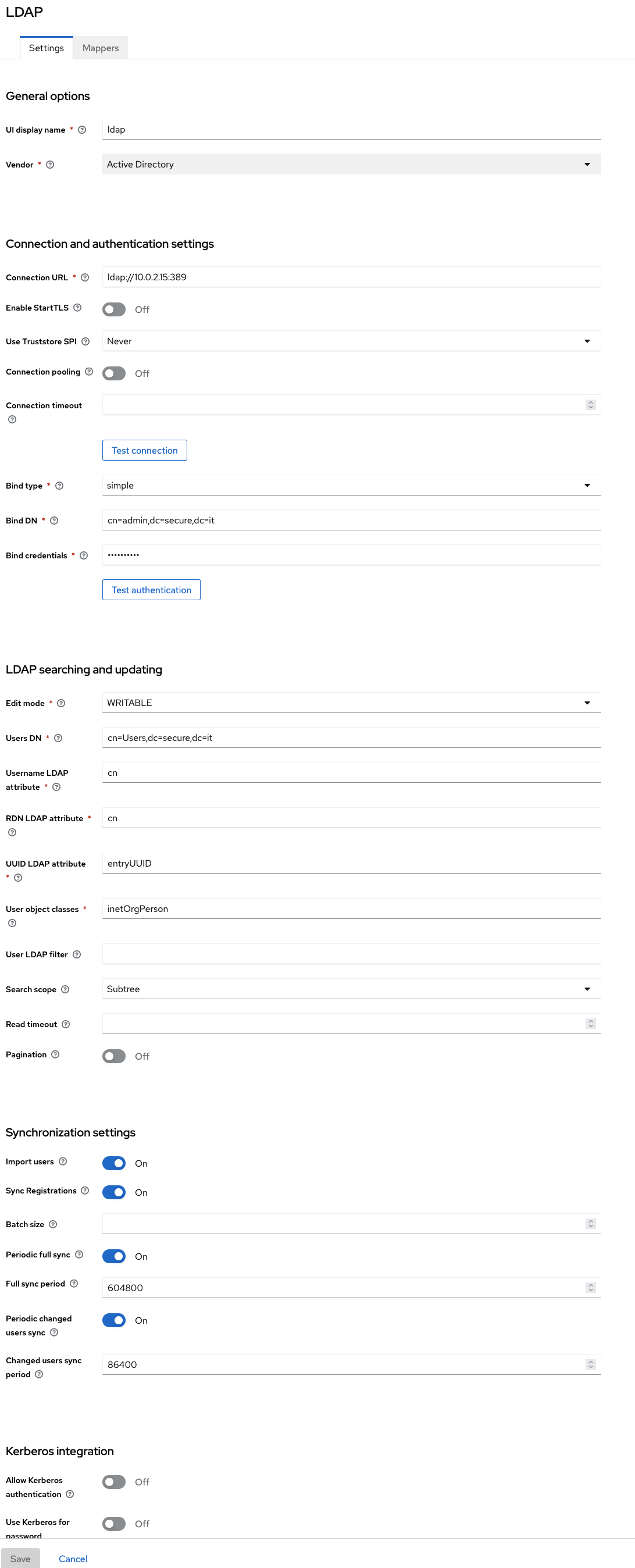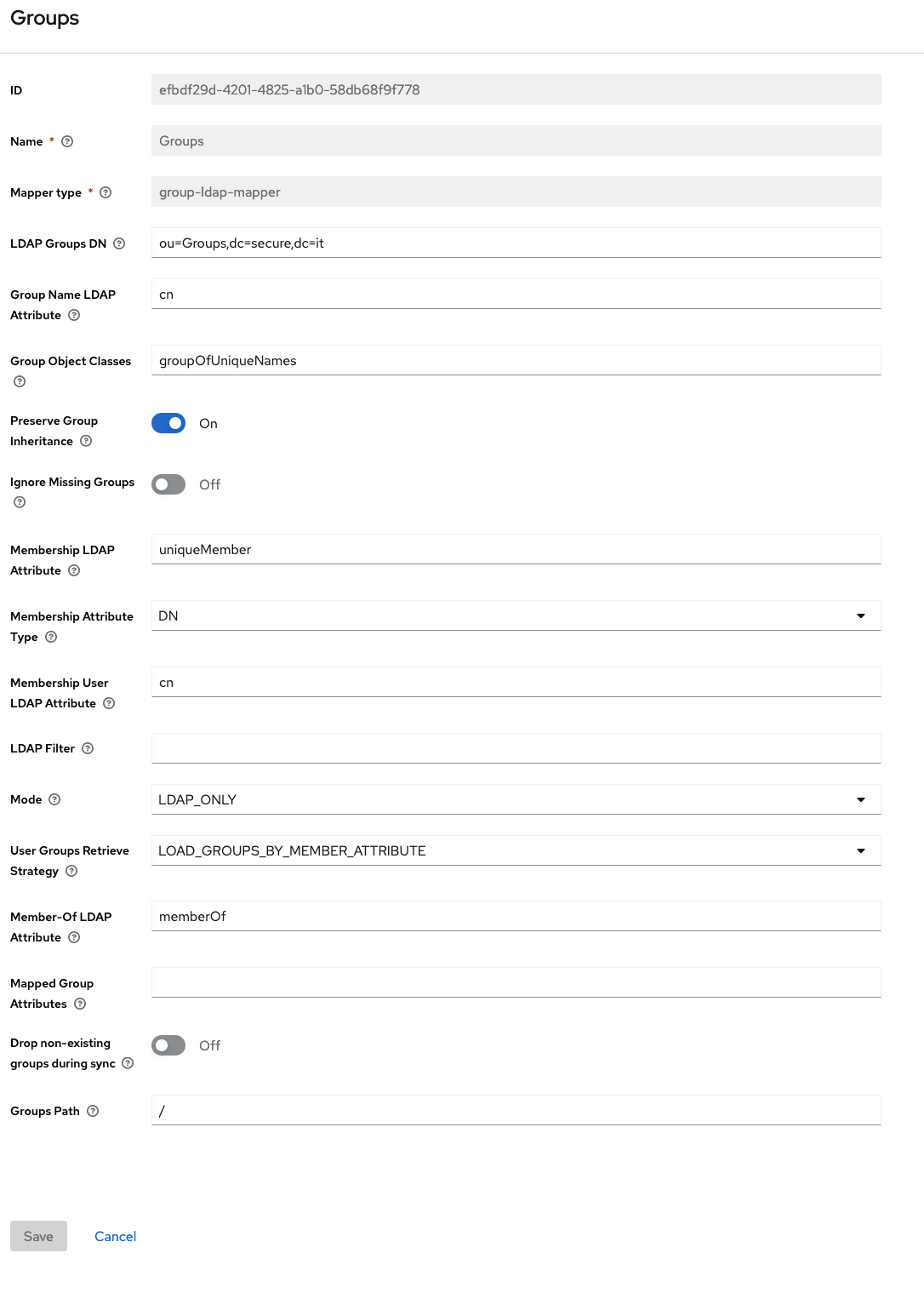Hi,
Recently, I needed to route incoming emails to different SMTP servers for a customer. Specifically, I had to route various incoming emails to different SMTP servers, each managing their own domains, all behind one public IP address.
For example, I needed to route emails addressed to @mybeautifulcompany.com to server A and emails addressed to @othercompany.com to server B.
How can this be achieved with Postfix?
1/Install postfix, I won't go into details here 2/Create or import certificate for your postfix server 3/Edit the postfix main conf
nano /etc/postfix/main.cf
4/ the file looks like this :
smtpd_tls_cert_file = /etc/ssl/certs/postfix.crt
smtpd_tls_key_file = /etc/ssl/private/postfix.key
smtpd_tls_security_level = may
smtpd_tls_loglevel = 1
smtpd_tls_session_cache_database = btree:${data_directory}/smtpd_scache
smtpd_tls_protocols = !SSLv2, !SSLv3, !TLSv1, !TLSv1.1
smtpd_tls_ciphers = high
smtpd_tls_exclude_ciphers = aNULL, eNULL, EXPORT, DES, RC4, MD5, PSK, aECDH, EDH-DSS-DES-CBC3-SHA, EDH-RSA-DES-CDB3-SHA, KRB5-DES, CBC3-SHA
smtpd_tls_received_header = yes
smtpd_tls_auth_only = yes
transport_maps = hash:/etc/postfix/transport
smtpd_recipient_restrictions =
permit_sasl_authenticated
permit_mynetworks
permit_auth_destination
reject_unauth_destination
mynetworks = 127.0.0.0/8
relay_domains = yourdomaina.com, yourotherdomain.com, etc...
5/Create a transport conf file :
nano /etc/postfix/transport
In this file specify your different smtp servers for your different domain where postfix will relay your emails like this :
domainA.com smtp:[10.0.0.1]
domainB.com smtp:[10.0.0.2]
6/ update the postfix transport database :
postmap /etc/postfix/transport
Works like a charm!
To add resilience, I created a Postfix cluster using Keepalived to handle failures.
Incoming traffic on port 80 is NATed to a virtual IP shared by two different Postfix instances. If the master fails, the backup takes over seamlessly.

